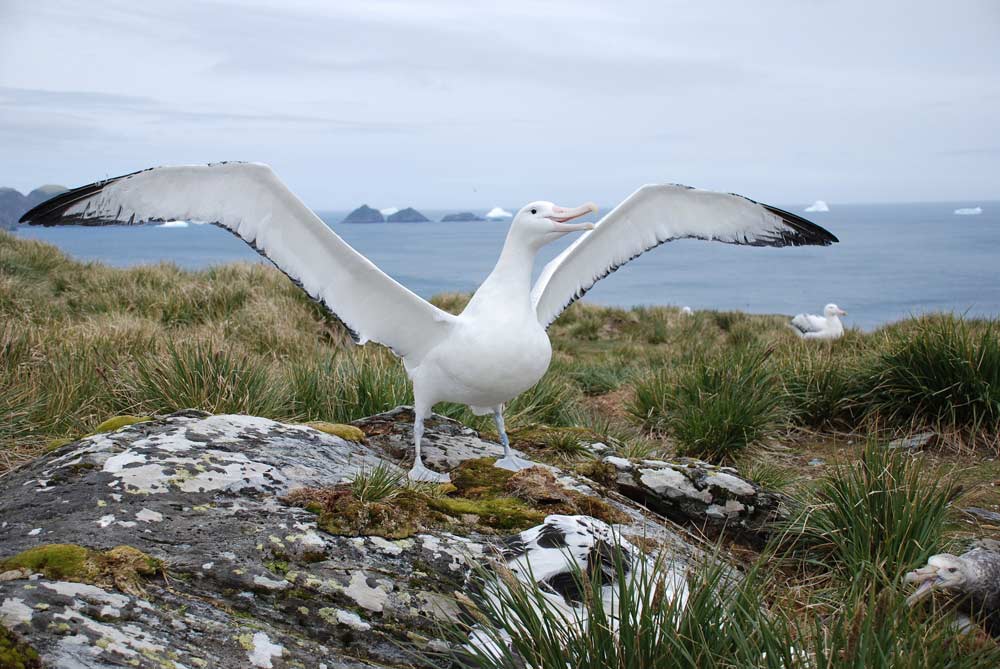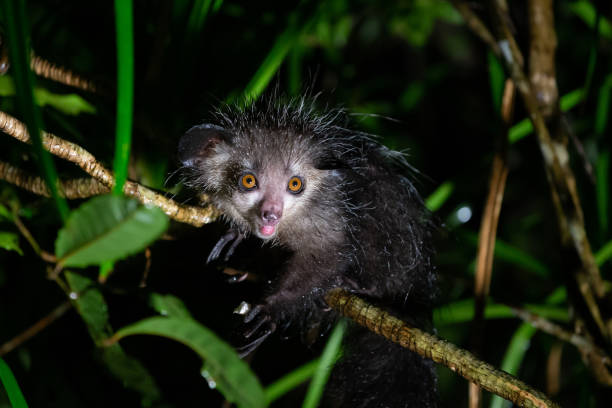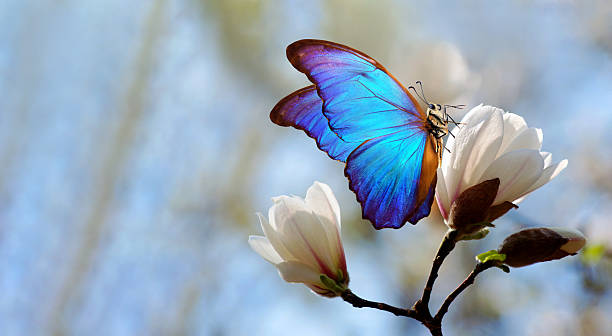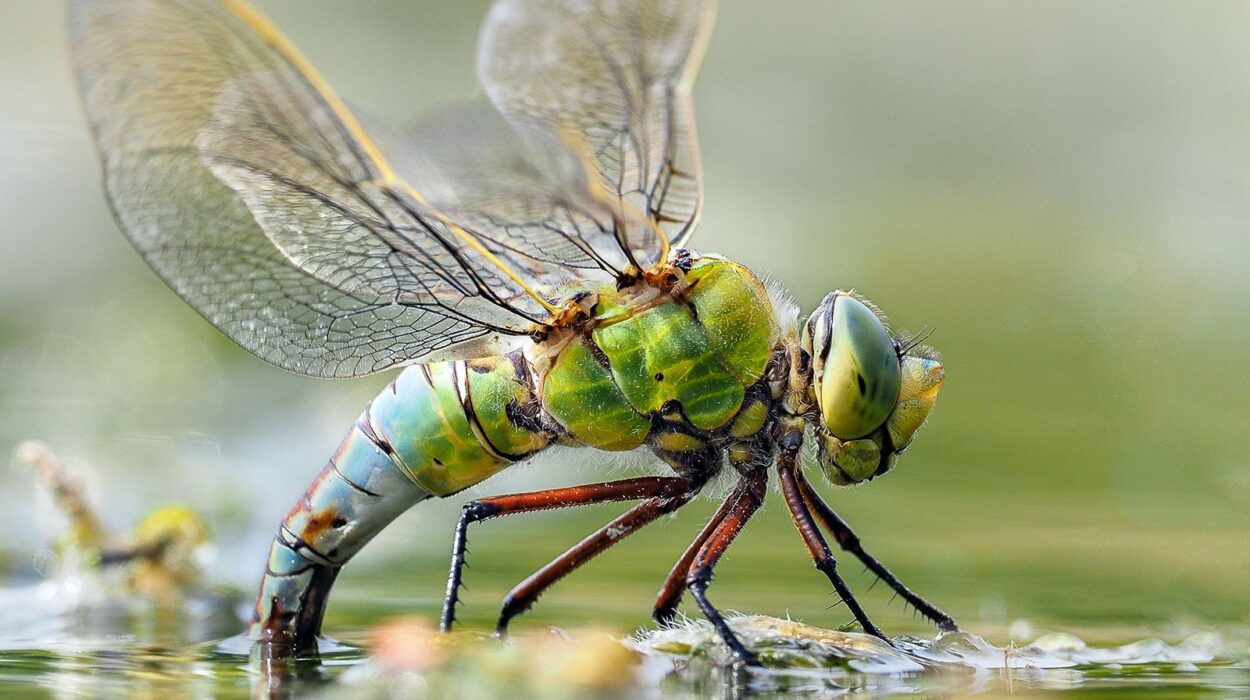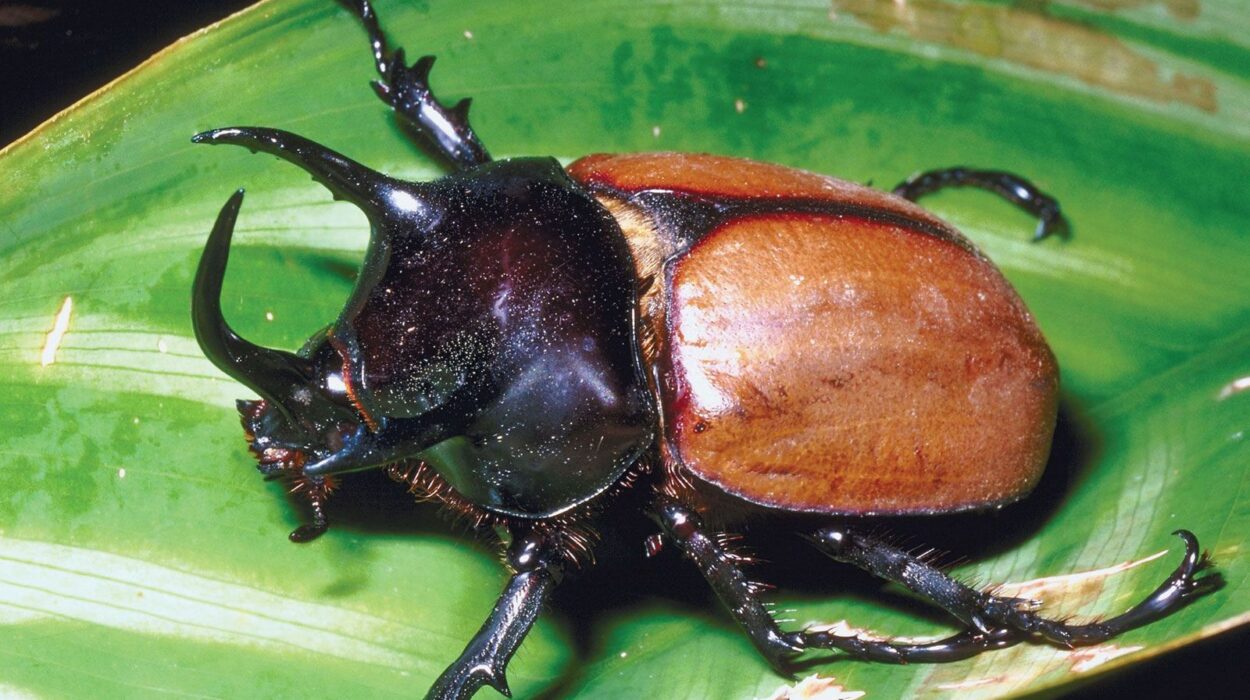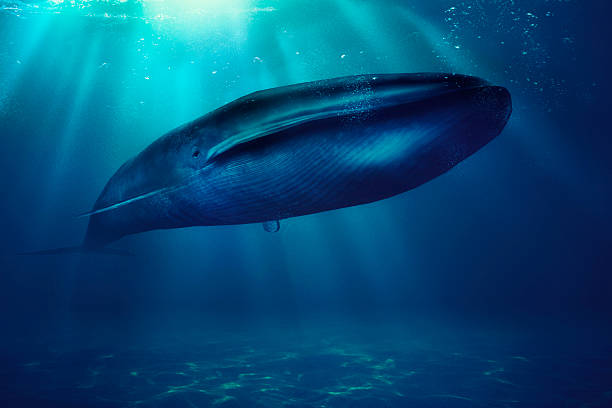When a bird takes flight, it defies gravity not only in body but in spirit. The wings that lift it into the sky are miracles of evolution—perfectly designed structures that balance power, precision, and grace. Across millions of years, nature has crafted some truly colossal flyers, birds with wings so vast they seem to stretch across the horizon itself.
To witness one of these giants in flight is to experience awe in its purest form. They glide on ocean winds, circle mountains, and drift effortlessly over continents, their enormous wings carrying them across thousands of miles. Their scale reminds us that the sky is not empty—it is alive with titans of air.
In this exploration of the ten birds with the largest wingspans, we journey through the realms of sky and sea, from the frozen Antarctic to the tropical Pacific. Each bird is a story of survival, mastery, and majesty—a testament to how life evolves to conquer even the vastest spaces.
1. Wandering Albatross – The Monarch of the Air
No bird in the world commands the skies quite like the Wandering Albatross. With a wingspan that can exceed 3.5 meters (11.5 feet), this oceanic wanderer holds the record for the largest wingspan of any living bird.
Found mainly across the Southern Ocean, these birds are built for eternity. They spend most of their lives gliding above roaring seas, traveling thousands of kilometers without ever touching land. Their wings, long and narrow, are masterpieces of aerodynamic design—perfect for dynamic soaring, a technique that lets them harness the power of wind gradients above the waves.
When a Wandering Albatross unfurls its wings, it’s like watching a ship set sail across the sky. They barely need to flap, instead using wind and gravity in an endless, elegant dance. Some individuals have been known to circle the globe in a single year.
Despite their size, they are gentle and deeply bonded to their mates. They form lifelong partnerships and return to the same nesting sites on remote islands to raise their single chick. Watching two of them reunite after months apart—beaks touching, wings brushing—is like witnessing love made tangible in feathers.
But the Wandering Albatross faces modern threats. Plastic pollution, overfishing, and climate change endanger their fragile world. Still, when one sees them soaring freely above the Southern Ocean, it is impossible not to feel humbled by their defiance of gravity and time.
2. Great White Pelican – The Floating Giant
From the cold southern seas to the warm wetlands of Africa, the Great White Pelican reigns with grace and grandeur. With a wingspan of up to 3.6 meters (11.8 feet), it is one of the largest flying birds on Earth.
The Great White Pelican is a creature of both air and water, gliding above shimmering lakes and coasting along rivers with effortless power. Its enormous wings are both sails and oars, designed to lift its heavy body into the sky and to float serenely on water.
What makes the pelican so fascinating is not just its wingspan but its teamwork. These birds hunt in coordinated groups, forming semicircles on the water to drive fish toward shallower areas where they scoop them up with their enormous pouches.
In flight, their wings beat slowly and rhythmically, their silhouettes often mistaken for angels gliding across sunset skies. Colonies of thousands can fill entire wetlands with movement, light, and sound—a living tapestry of wings.
Though often associated with peaceful wetlands, the Great White Pelican is a strong traveler. They migrate great distances between Africa, Europe, and Asia, using thermal air currents to glide for hours with minimal effort.
When you see a pelican rise from water, heavy droplets cascading from its wings, it is like watching the sea give birth to the sky.
3. Southern Royal Albatross – The King’s Twin
Close in both name and size to the Wandering Albatross, the Southern Royal Albatross is another sovereign of the southern seas. Its wingspan reaches an astonishing 3.5 meters (11.5 feet), making it one of the few rivals to the Wandering Albatross for the title of “largest wingspan in the world.”
Found mainly near New Zealand and subantarctic islands, the Southern Royal Albatross shares its cousin’s mastery of gliding. With wings that seem too vast for its body, it moves with sublime effortlessness over ocean waves.
They spend months at sea, sleeping on the wind, their long wings perfectly adapted to slice through cold air currents. Despite their solitary existence on the open ocean, their nesting colonies are full of tenderness. On Campbell and Auckland Islands, pairs reunite yearly, their rituals of preening and synchronized calls forming an avian love song as old as time.
These albatrosses symbolize endurance. They live over sixty years, surviving tempests and starvation with stoic grace. To see one in flight is to witness the timeless elegance of evolution—a living link between air, ocean, and eternity.
4. Dalmatian Pelican – The Silken Sky Sailor
With silver-white plumage and wings spanning up to 3.2 meters (10.5 feet), the Dalmatian Pelican is the largest of all pelican species and among the heaviest flying birds in existence.
This magnificent creature haunts the lakes and deltas of Eastern Europe and Central Asia. It’s a bird of misty mornings and still waters, its reflection often blurring into the calm surface below as if the sky itself has come to rest.
In flight, the Dalmatian Pelican is breathtaking. Its massive wings cut through the air with slow, deliberate strokes. Once aloft, it glides majestically, using its wings to catch thermals that lift it thousands of feet high.
Despite its size, there is a quiet elegance to this bird. It flies in small, organized groups, its white wings gleaming like sails under the sun. When seen from afar, a flock of Dalmatian Pelicans in flight looks like a fleet of ghostly ships drifting across the heavens.
They are also tender parents. Their massive nests, built from reeds, are guarded fiercely, and both parents take turns feeding their young. Watching one feed its chick from that extraordinary bill is witnessing life sustained by an ancient rhythm of care.
5. Andean Condor – The Master of the Mountains
If the albatross rules the sea, the Andean Condor commands the mountains. With wings reaching 3.3 meters (10.8 feet) across, it is the largest flying bird in the Americas.
This giant soars above the Andes Mountains, gliding on powerful thermal updrafts. It can travel hundreds of kilometers in a day without a single flap of its wings. From its vantage point in the thin mountain air, it surveys the world below like a sentinel of stone and sky.
The Andean Condor is sacred to many South American cultures. The Incas revered it as a symbol of eternity, believing it carried the souls of the dead to the heavens. Its wings, vast and dark, stretch like shadows cast by time itself.
Despite its ominous image, the condor is a scavenger—a cleaner of nature’s cycle, essential to the balance of mountain ecosystems. With its bald head and piercing eyes, it searches the valleys for carrion, helping prevent the spread of disease.
Watching an Andean Condor soar along a cliff face, using the mountain’s rising winds to float effortlessly, is one of nature’s grandest spectacles. In that moment, the bird is not flying—it is part of the wind itself.
6. Marabou Stork – The Undertaker of the Skies
Few birds inspire such awe and unease as the Marabou Stork, a creature of paradox. With wings stretching up to 3.2 meters (10.5 feet), it is one of the largest land birds and one of the most distinctive.
Native to Africa, the Marabou Stork has a stark, almost skeletal appearance: a bald pink head, a massive dagger-like bill, and cloak-like feathers that give it a ghostly silhouette. Yet in flight, it is a revelation of grace.
When it takes to the air, its heavy body becomes weightless. The Marabou soars in wide circles, gliding effortlessly on thermals, often joining vultures high in the sky. From such heights, it scans the plains for food—carrion, fish, or even discarded human waste.
Though it feeds on death, the Marabou gives back to life. It cleans the land, playing a vital ecological role. Its wings carry not just its body but the responsibility of maintaining nature’s balance.
And in the warm light of dusk, when dozens of these giants rise together against the African sun, they look less like scavengers and more like silent monks ascending into the heavens.
7. Tristan Albatross – The Endless Voyager
The Tristan Albatross, native to the remote South Atlantic, is another master of the endless sea. With a wingspan nearing 3.5 meters (11.5 feet), it rivals its cousins in size and endurance.
This bird spends nearly all of its life over the open ocean, rarely coming to land except to breed on the isolated Tristan da Cunha archipelago. Its existence is one of solitude and majesty—an endless flight across roaring seas, following currents and winds that circle the globe.
Their immense wings allow them to glide for hours, even days, without rest. They sleep on the wing, drifting through the night skies like ghosts of the ocean.
But this majestic bird faces danger. Longline fishing, pollution, and introduced predators have pushed the species toward extinction. Still, each Tristan Albatross that rises above the waves is a symbol of resilience, its vast wings carrying not only its body but the memory of a wild, untamed Earth.
8. Antipodean Albatross – The Ocean’s Ghost
Among the storm-tossed seas near New Zealand’s Antipodes Islands, the Antipodean Albatross reigns as another giant of the skies. With a wingspan of up to 3.3 meters (10.8 feet), it drifts endlessly across the southern oceans, tracing invisible paths over waves that have never known silence.
Like other great albatrosses, it uses dynamic soaring to conserve energy, gliding between wind layers and gaining lift from the sea’s own rhythm. They can travel from New Zealand to South America and back without stopping.
Their plumage—subtly streaked whites and browns—blends perfectly with the stormy skies they inhabit. When they glide low over the waves, it’s as though they are made of sea mist and wind.
They are long-lived and deeply monogamous, reuniting every year to raise a single chick on the remote cliffs of their island home. The sight of two albatrosses dancing—wings outstretched, beaks touching in ritualized love—is one of nature’s most moving spectacles.
9. Northern Royal Albatross – The Sky’s Sovereign
The Northern Royal Albatross, with a wingspan close to 3.2 meters (10.5 feet), is among the most magnificent of all seabirds. Found mainly around New Zealand, it is a symbol of both endurance and fragility.
These albatrosses spend 80% of their lives at sea, returning to land only every two years to breed. Their nests, built on wind-swept cliffs, are monuments of devotion. Mated pairs take turns incubating their single egg, waiting patiently through months of storms.
In flight, the Northern Royal is sublime. It can glide thousands of kilometers without a single flap, wings fixed in a perfect V-shape, eyes scanning the rolling blue beneath.
What’s perhaps most moving is their loyalty—to their mates, their nesting sites, and the air currents they’ve known all their lives. These birds remind us that freedom and faithfulness can coexist in perfect harmony.
10. Great Albatross (Genus Diomedea) – The Collective Giants
It would be unfair to speak of giant wings without acknowledging the collective grandeur of the Great Albatrosses, a group that includes the Wandering, Southern Royal, Northern Royal, Tristan, and Antipodean species. Together, they form a lineage of aerial titans, each with wingspans exceeding 3 meters (10 feet).
Their wings are more than appendages—they are instruments of eternity. Through them, these birds have conquered the vastest wilderness on Earth: the open ocean.
Each member of this family spends its life in flight, riding wind patterns so vast they seem to outline the very shape of the planet. They are living symbols of balance, endurance, and harmony between life and the forces that shape it.
They show us that strength is not in muscle but in mastery—that to conquer the world, one must first learn to move with it, not against it.
The Physics of Immensity
The enormous wingspans of these birds are not mere accidents of size; they are results of perfect adaptation. Long, narrow wings reduce drag and allow gliding across great distances with minimal energy. For oceanic birds like the albatross, this means weeks of flight without rest.
In contrast, the broad wings of condors and pelicans provide lift in slower, thermal-rich air. These birds ride invisible rivers of heat and wind, masters of patience and efficiency.
Evolution has shaped every feather and bone for purpose. Their hollow skeletons combine strength and lightness. Their muscles anchor deep into the chest, driving lift and stability. Each wingbeat is a conversation with physics, each glide a testament to harmony between form and function.
The Poetry of Flight
To watch one of these birds soar is to glimpse something eternal. The albatross drifting through storms, the condor circling mountains, the pelican sailing above still water—all remind us that flight is not just motion but meaning.
They embody the ancient dream of humanity—to be free of gravity, to touch the infinite. Their wings stretch beyond mere anatomy; they are the poetry of survival, written on the canvas of the sky.
In a world bound by gravity, they show us what it means to transcend. Their vast wings do more than span the air—they span imagination itself.
And perhaps, as we watch them fade into the horizon, we realize that flight is not a privilege of birds alone. It is a promise—that somewhere, within every living thing, lies the will to rise.
